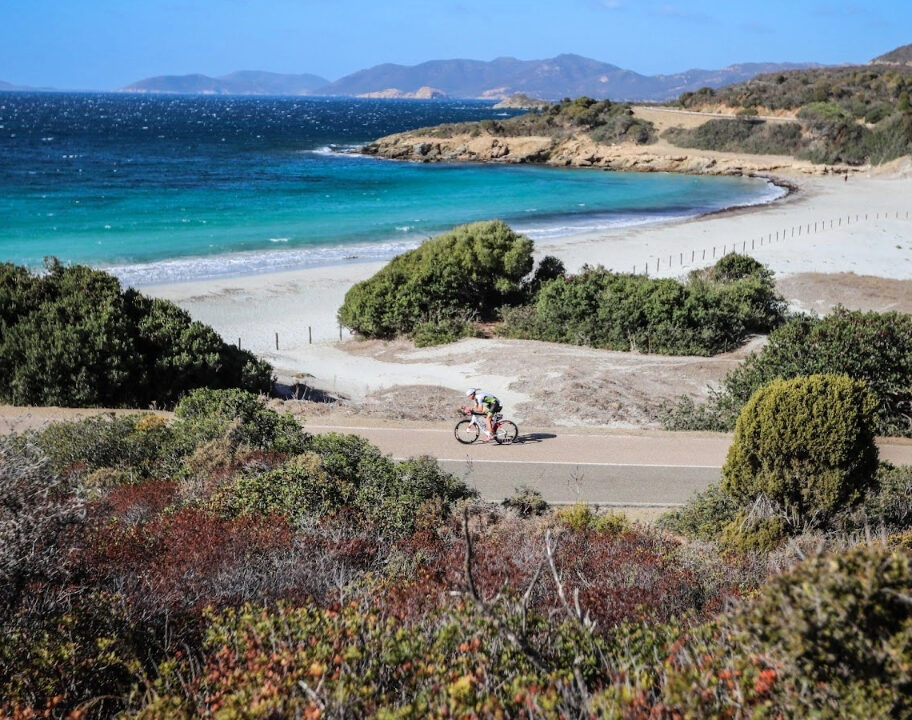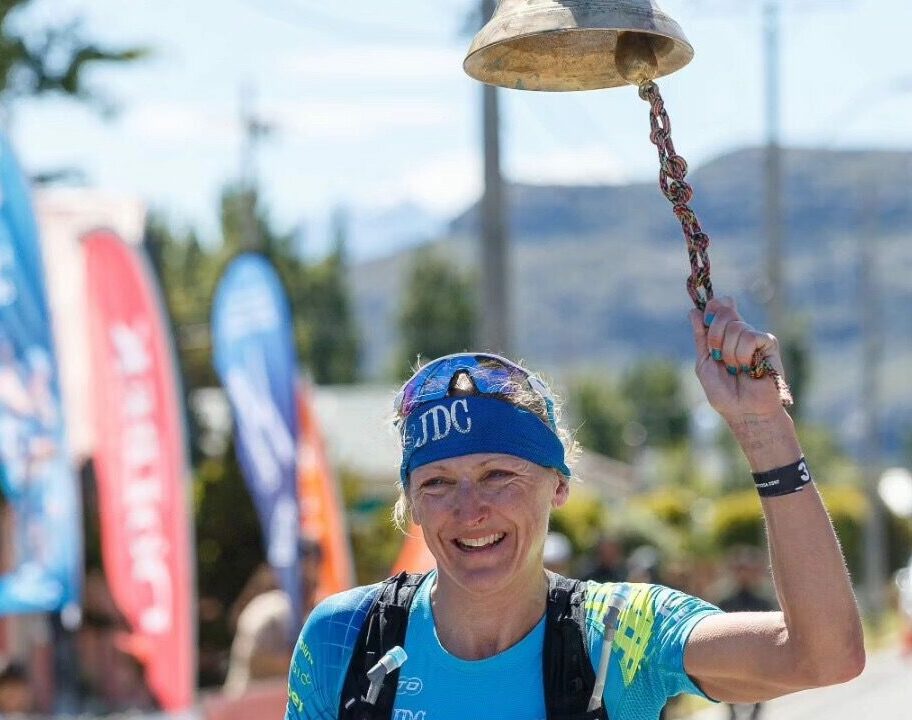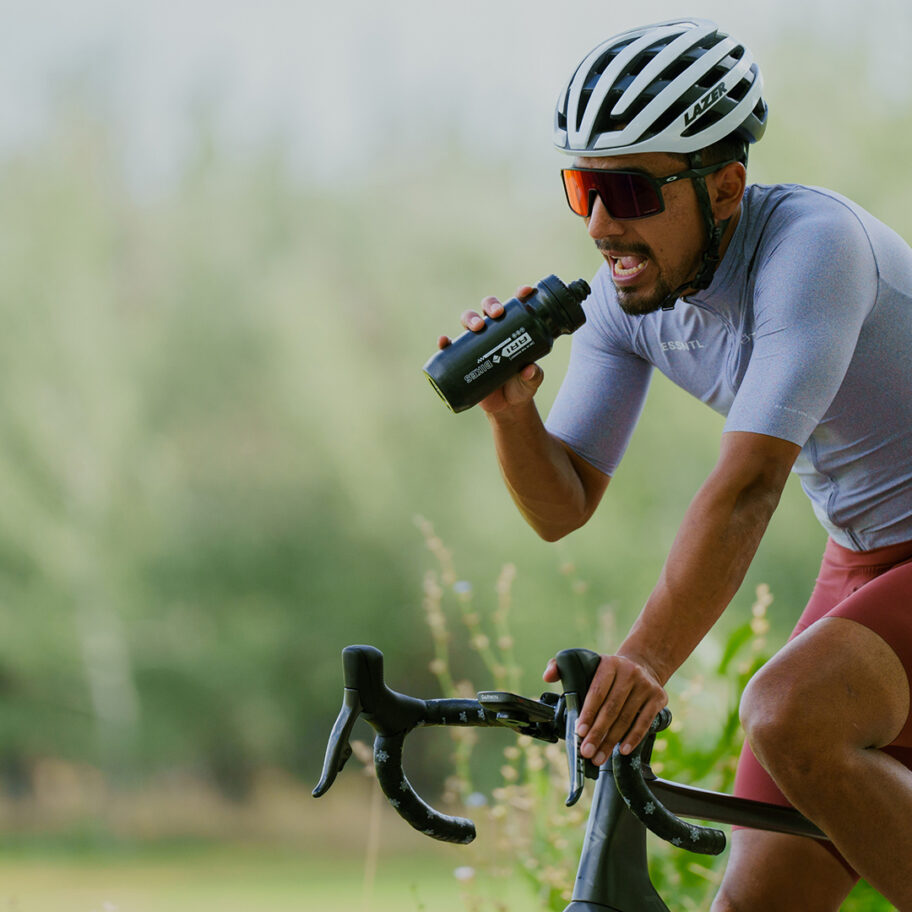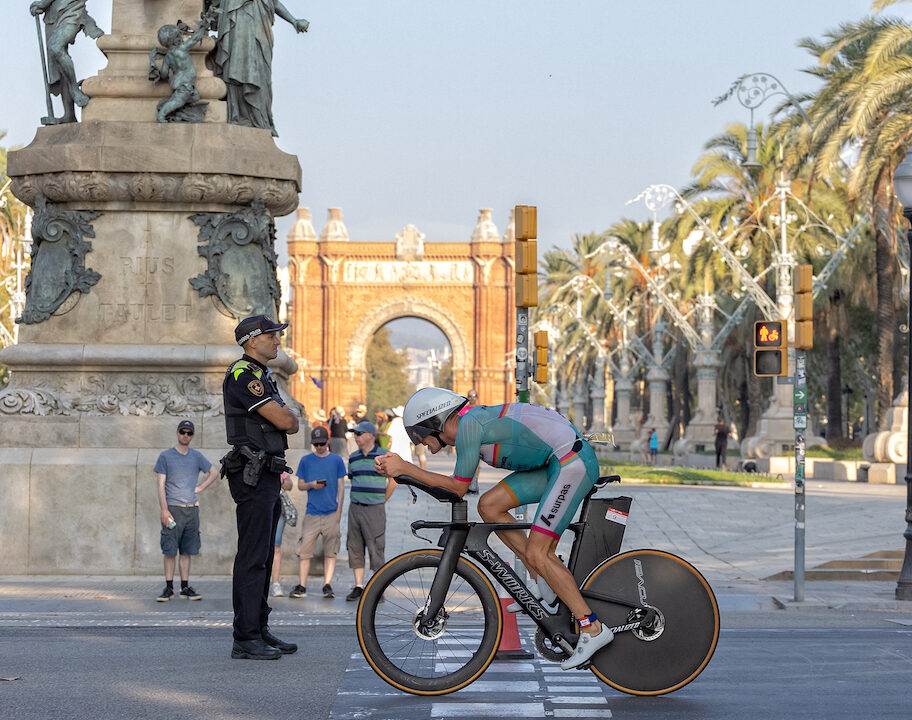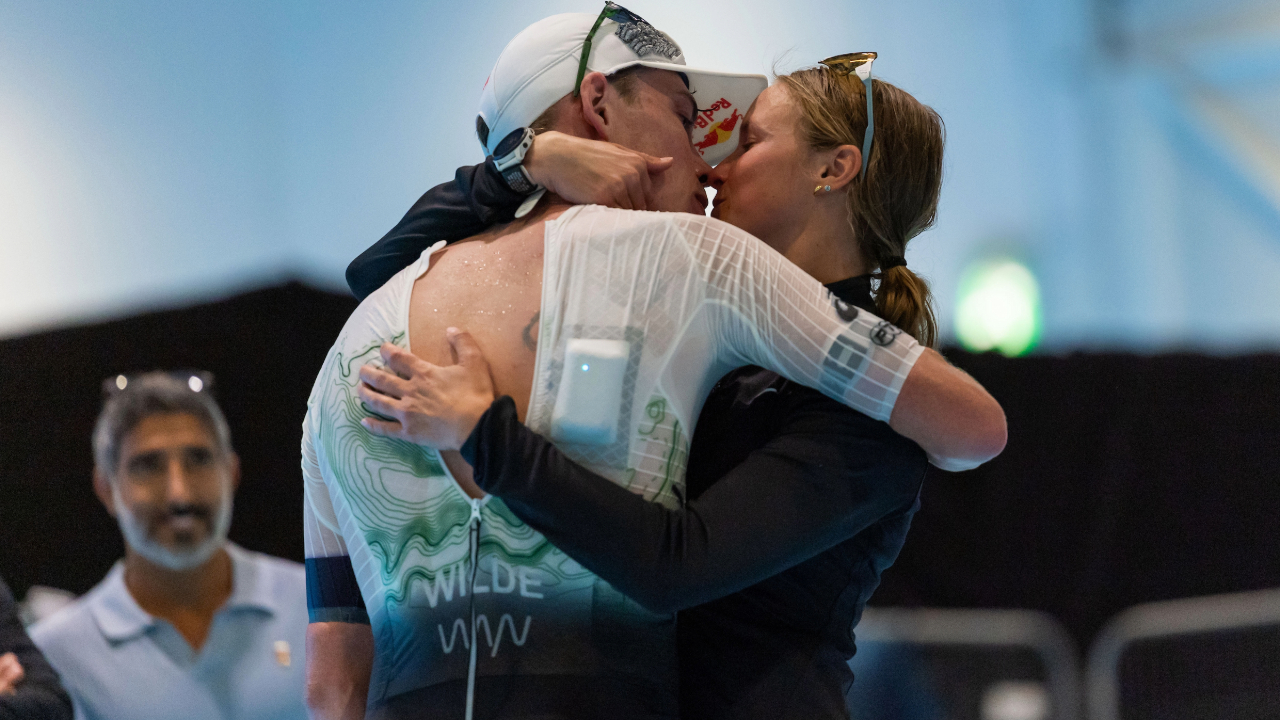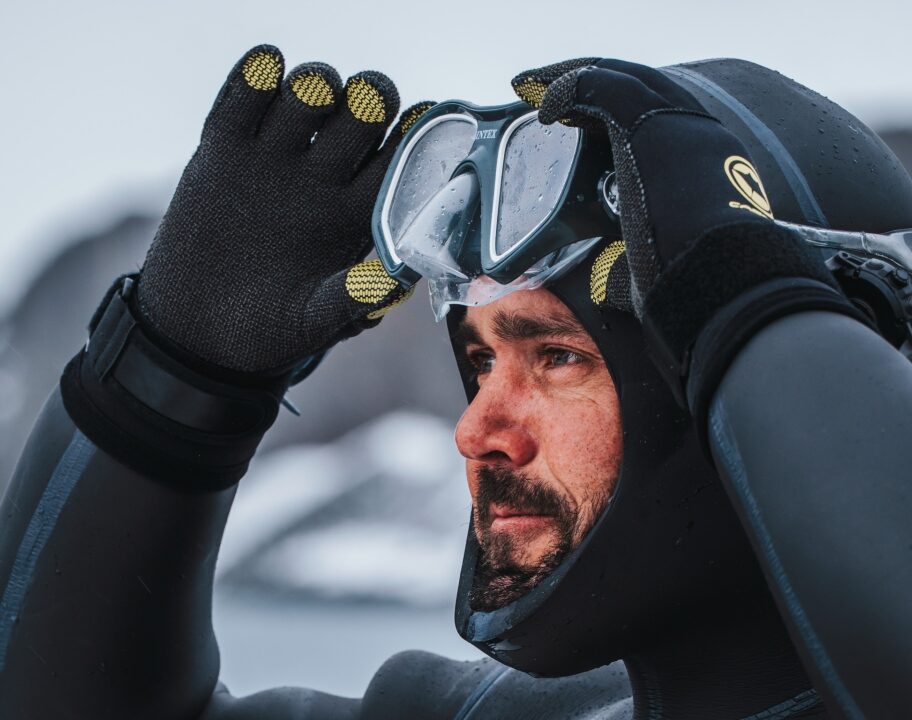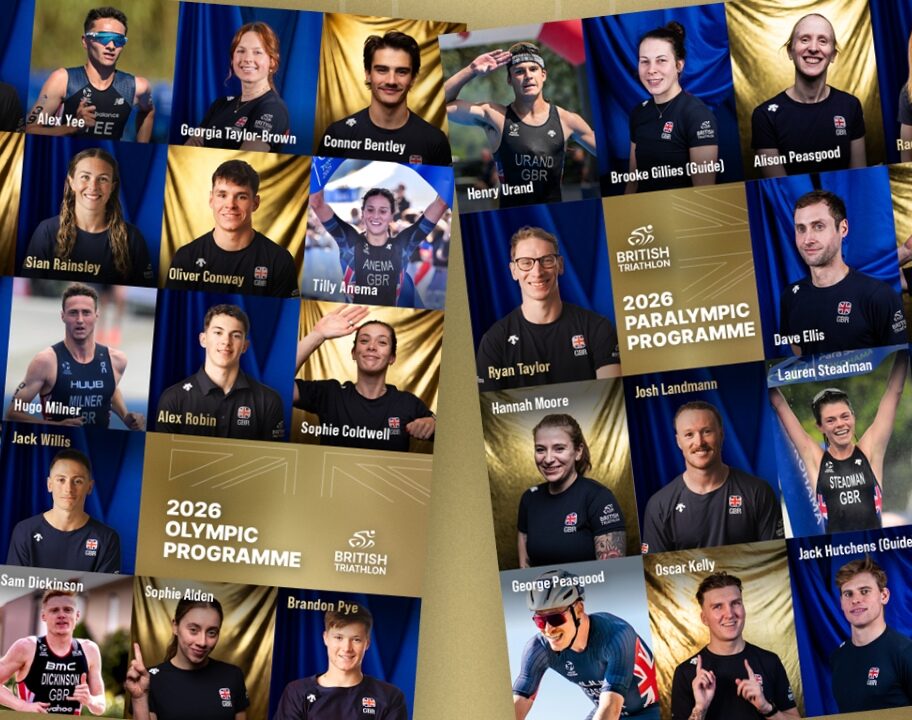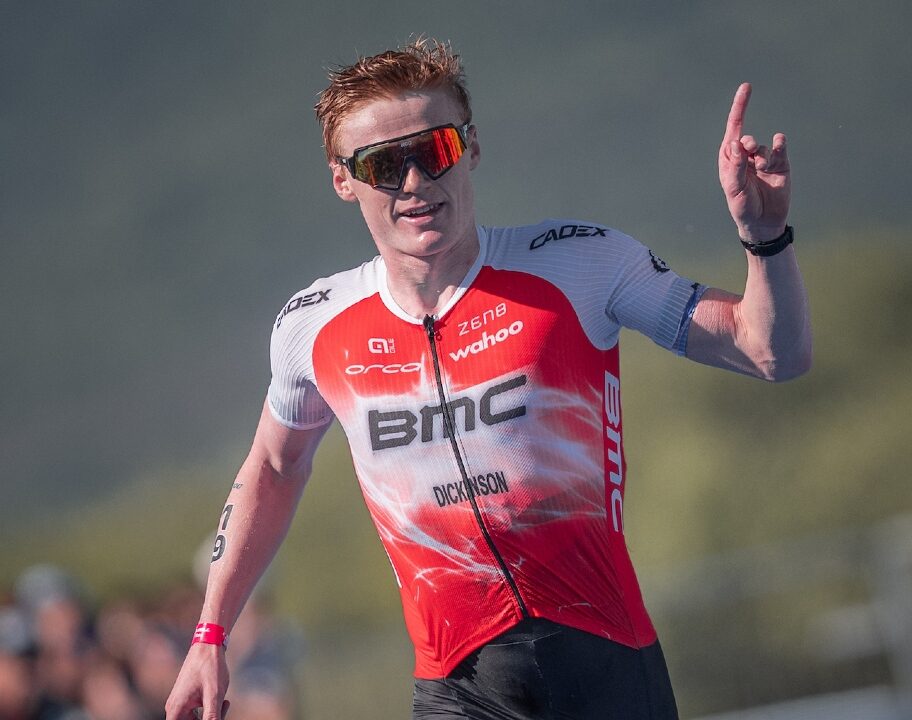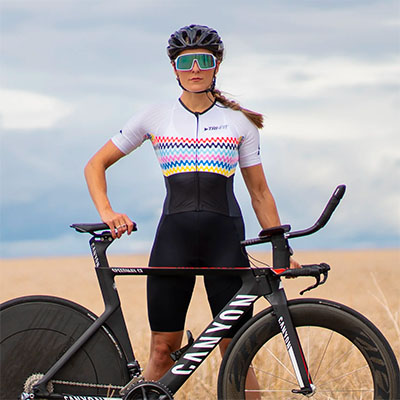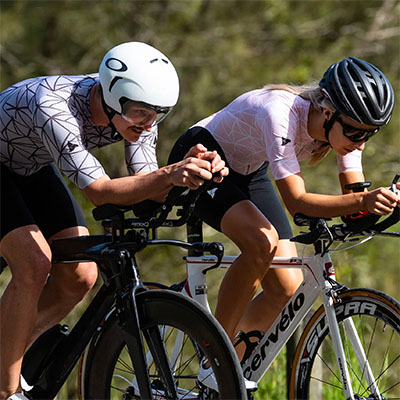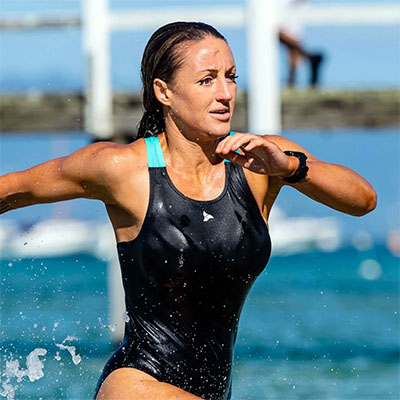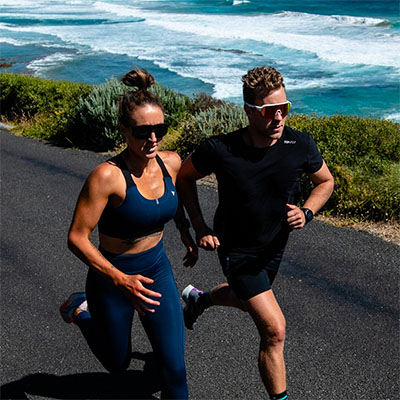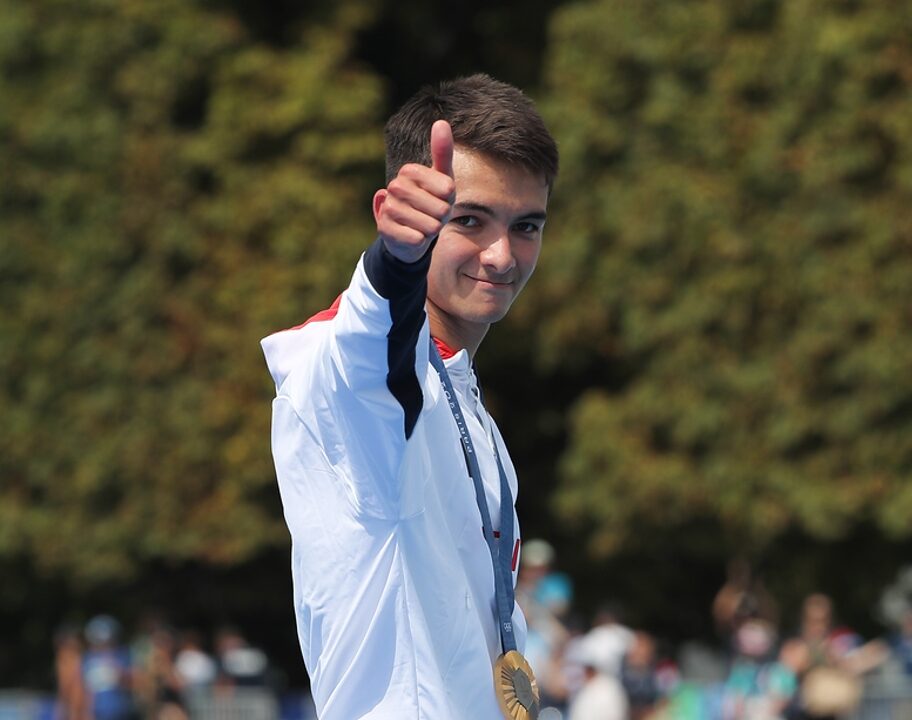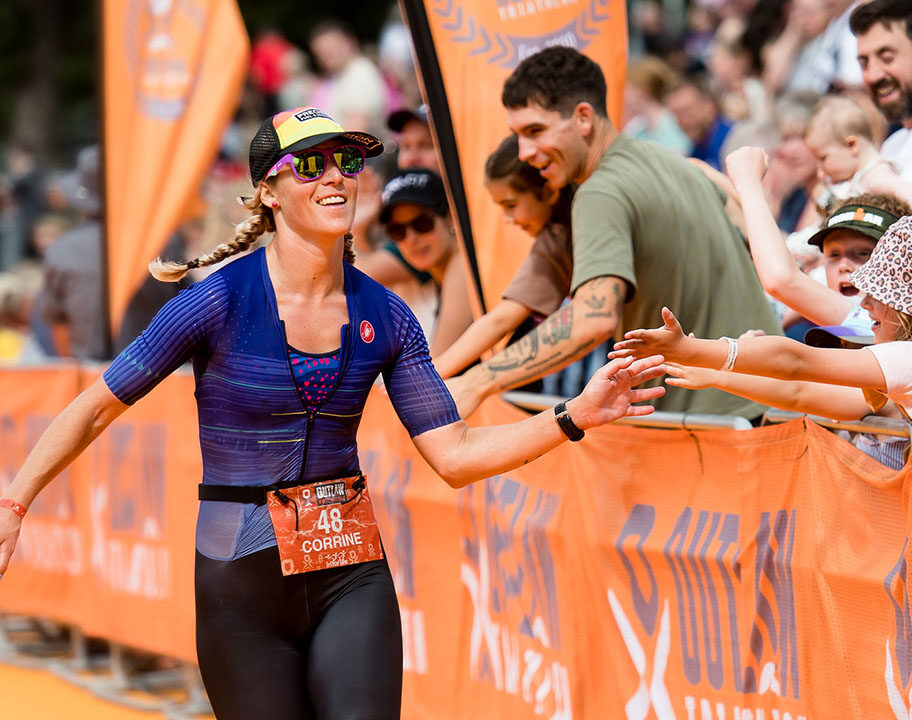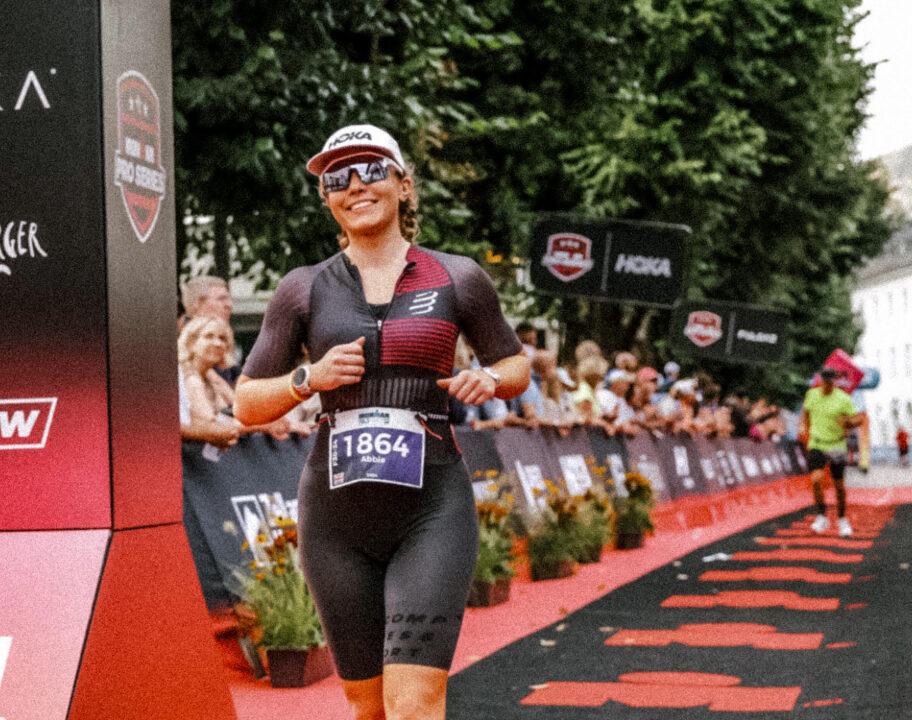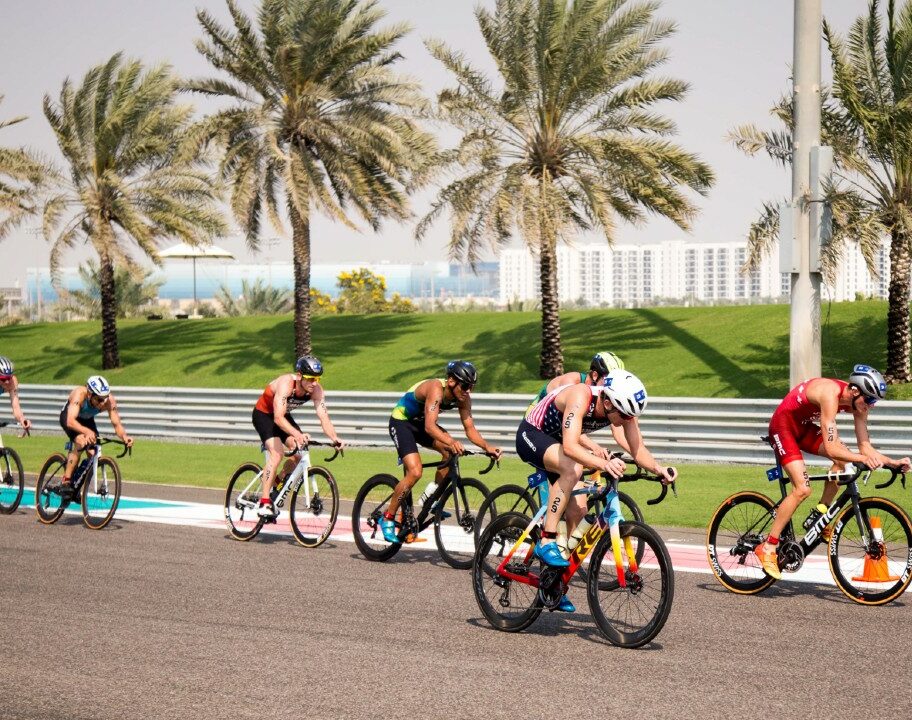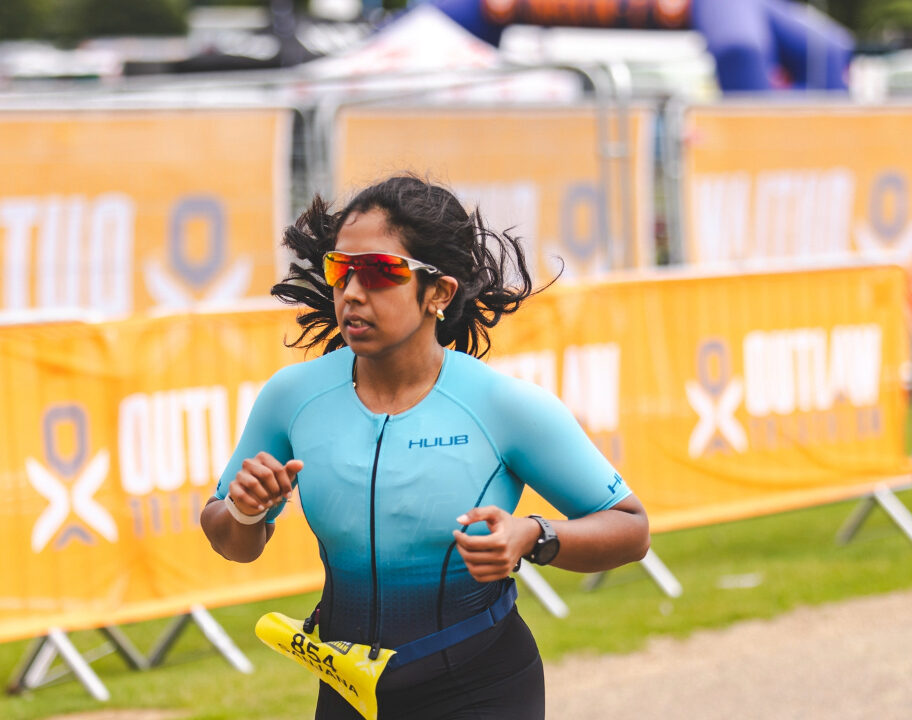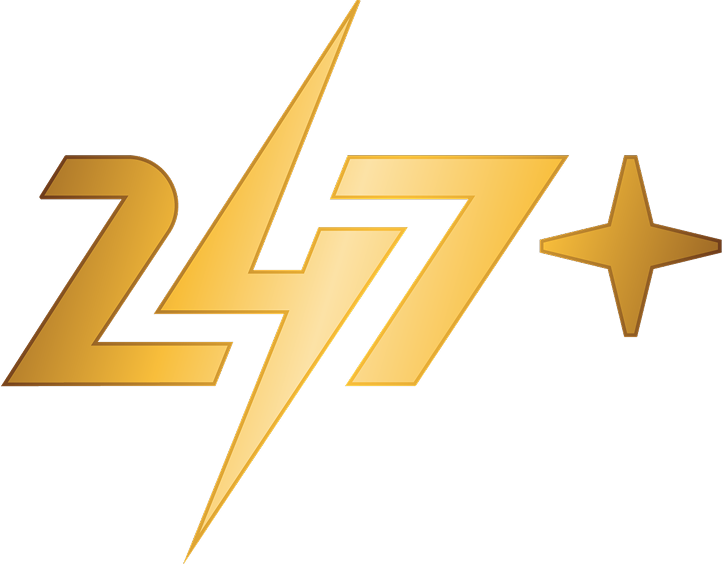For the first race ever, Race Ranger data will be made public after Challenge Roth on Sunday (6 July).
The groundbreaking move was proposed by 2023 IRONMAN World Champion Sam Laidlow in Friday evening’s athletes briefing.
Some data from the age-group races were shared with the media after Challenge Wanaka earlier this year but that was done anonymously and also not put in the public domain.
Laidlow the catalyst
This is a significant step for the pro ranks though and a press release from Challenge Roth outlined how it came about and hailed it as a “clear step towards greater transparency and fairness in triathlon”.
The release read: “The initiative came from none other than Ironman world champion Sam Laidlow. He asked why the system’s data was not actually made public.
“Race director Felix Walchshöfer picked up on the idea and asked the professional athletes whether they wanted to vote on it together and whether there were any valid reasons against publication.
“The answer: contemplative silence followed by unanimous applause. A strong signal for fair competition in racing.”
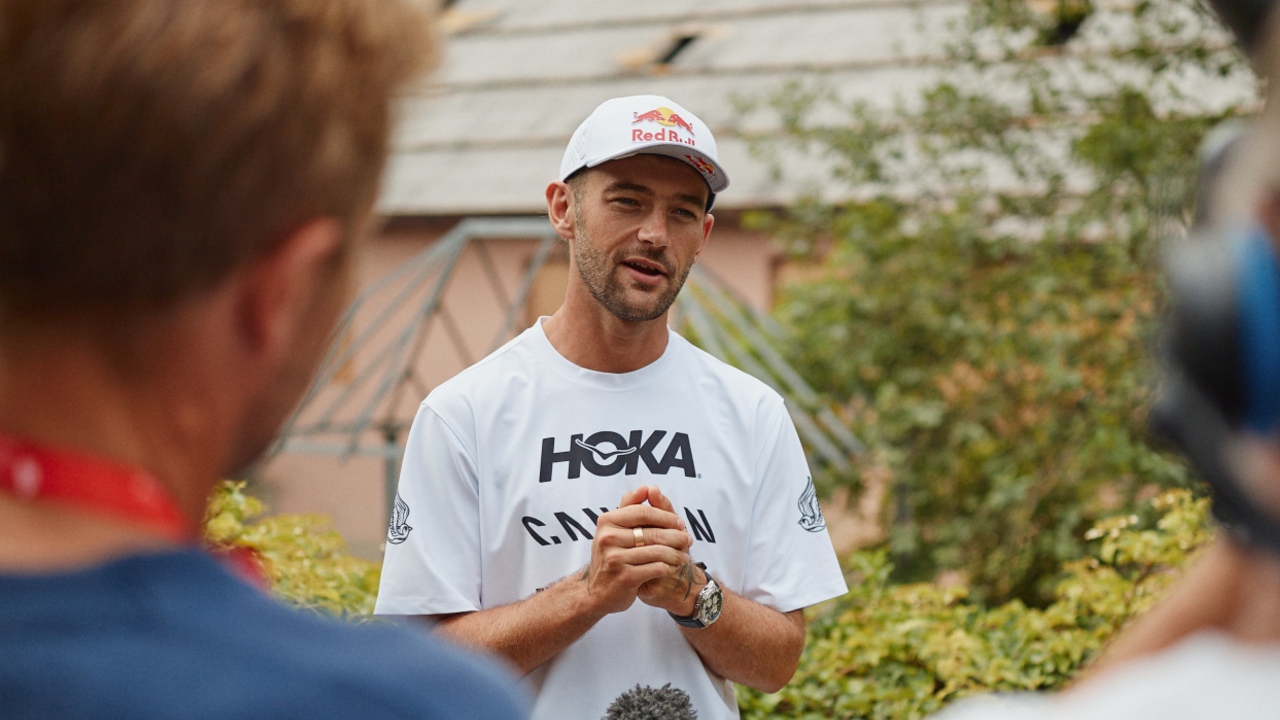
Mutual respect
“We want to promote transparency and fairness in sport,” added Walchshöfer, who says he deliberately left the decision in the hands of the professionals.
“The fact that everyone is pulling in the same direction here is a strong signal and it’s groundbreaking for triathlon. Roth is once again leading the way.”
After being the catalyst for the move, Laidlow – who makes his racing return this weekend – said to Walchshöfer: “The small decision you just made is going to make a huge change to fair racing. You are a genius. Watch the other events follow what you do.”
What is Race Ranger?
So what will we actually get to see after Sunday’s races?
Race Ranger is a state-of-the-art electronic system for distance control in triathlons. It was developed to support rule-compliant behaviour on the bike course, in particular to prevent drafting (unauthorised slipstreaming).
The system consists of two compact devices that are attached to the front and rear wheels of the bike. Using precise sensors, they continuously measure the distance between athletes. Feedback is provided in real time via coloured LED signals, allowing athletes to immediately see whether they are maintaining the required minimum distance of 12 metres.
At Challenge Roth this year, Race Ranger will be used again in the professional field after its debut last year. By publishing the collected data after the race, fans, media and athletes can see how fair the race was.


